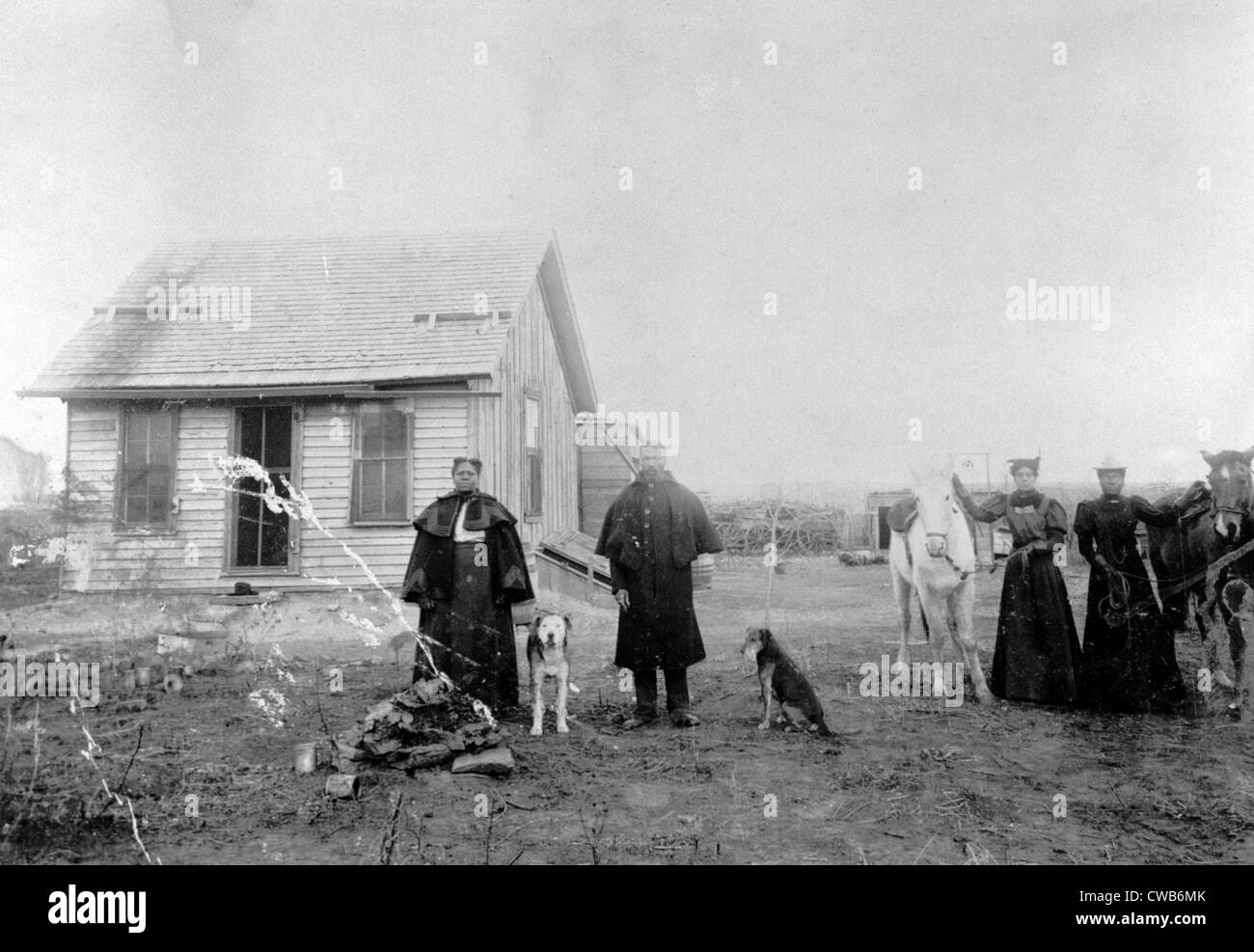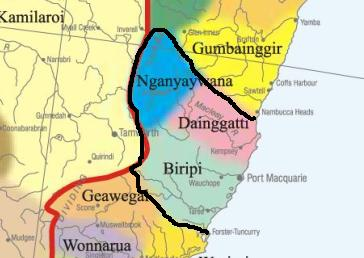Introduction
Before you commence your WebQuest research, please complete these introductory activities.
1. View the following clip
http://hastings.mgoals.com.au/2017/08/31/birpai-barray-westport-public-school/
2. Read through the Port Macquarie timeline. Tip: the photos will help you get a feel for the 1800s and what resources/technology were available to the people.
Timeline of Port Macquarie to the 1800s
Timeline 60,000 years to present
The Port Macquarie area is the traditional homelands of the Birpai people who maintained their cultural affiliations without threat of invasion or upheaval.
1802:
As Matthew Flinders mapped the coast, he named Tacking Point where the lighthouse now stands.
1818:
The inlet of Port Macquarie was "discovered" and named by Lieutenant John Oxley after the Governor of NSW, Governor Lachlan Macquarie. John Oxley suggests that the area would be suitable for a penal colony.
1821:
Three ships, Lady Nelson, The Mermaid and the Prince Regent set sail from Sydney to Port Macquarie. On board were the expedition leaders, 2 officers' wives and 4 children, 38 soldiers and a group of 60 convicts. Settlement here was suitable due to the prisoners being isolated, there was plentiful supply of timber and tropical fruits and plants could be grown.
The first sugar cane to be cultivated in Australia was planted by a prisoner.
At this time Port Macquarie was under Martial Law- no free person could enter without a permit.
Before: This is a painting depicting the very early days of Port Macquarie before the general use of photography. The painting shows a hive of activity on the waterfront.
1823:
Port Macquarie's first hospital is built. It is a military one established for the penal colony.
1824:
A sugar mill was established.
Gangs of convicts worked on public buildings including barracks and storehouses. Female convicts had domestic duties or did other work at the Female Factory.
Construction of St Thomas commenced.
Transport: Photo which depicts the one mode of travelling in the early 19th century. The vehicle was a four-wheeled coach with provision for both inside and outside passengers.

1825:
Old Government House was built on the corner of where Clarence and School Streets meet today.
Old Government House: This residence was built in 1825. It was built for the Commandant and his family. 
1826:
The town is growing. Major Archibald Innes arrived. He introduced more huts and a school house. Public schooling began in Port Macquarie.
1830:
Port Macquarie was opened to free settlers. Prior to this it had only been open to government approved shipping.
1836:
1300 people were now living in Port Macquarie, 360 were free settlers.
1840:
General transportation of convicts was finished.
The colony was hit by depression.
1843:
Port Macquarie became a depot for invalid convicts. Chain gangs worked on the dam and on a road to New England, for bullock teams to bring wool across for shipping to Sydney.
1847:
The last convicts left Port Macquarie.
1852:
Due to the gold rush, many people left and the town's population decreased to 819.
1860s
The town starts to grow again with the arrival of famers.
1879:
In 1879 the Tacking Point Lighthouse was established.
1880s:
Port Macquarie now had a bank, Catholic Church, its own newspaper and many businesses.
Before: The Avenue is what we know now as Horton Street. This photo was taken near Reed's Corner, looking straight down to the old cemetery.

1887:
Local Government was formed.
The Flagstaff, 1920s #PortMacquarieTourism #PortMacquarieHastingsCouncil
Town Green swimming pool, 1960s. #PortMacquarieTourism
#PortMacquarieHastingsCouncil

Photos accessed from: Transport: Photo which depicts the one mode of travelling in the early 19th century. The vehicle was a four-wheeled coach with provision for both inside and outside passengers.
Task
Co-operative Learning
Today we are participating in co-operative learning. In your "Expert Group" you are each responsible for learning a segment of information. You need to become an expert so that you can return to your "Home Group" and teach them what you have learned.
Each of you has an important role to play within your group. Enjoy the learning process and remember your group is relying on you!!

Each Home Group is required to become an expert in 1800s Port Macquarie lifestyle. Each member of your group will focus on a different demographic (A different sub-group of the population). The knowledge and learning gained in your Expert Group will be shared amongst your Home Group so that all students learn about how lifestyles differed in the 1800s depending on which sub-group a person belonged to.
All number one's will learn about the lifestyles of convicts
Group of men sitting at a table eating ©
Fiona Morris for Sydney Living Museums
All number two's will learn about the lifestyles of free settlers
All number three's will learn about the lifestyles of the Birpai peoples
Process
Group 1: A focus on convicts
Where the convict is going to he cannot say until he is called by name … to a good master or a bad one, all is a chance …
Convict Charles Dolphus, remembering 1836
Who were the Hyde Park Barracks convicts?
The convicts were a motley crew, hailing from all parts of Britain and her colonies around the world. Of those convicts sent to NSW, about 60 per cent were English, 30 per cent Irish, and the other 10 per cent were Scottish, Welsh and from other parts of the British Empire.[2] We even know some convicts who came from places as exotic as South Africa, Jamaica, Canada, Portugal and Prince of Wales Island (now Malaysia).
Why were they transported to NSW?
The convicts who passed through the Barracks were transported for many different crimes, ranging from the most daring highway robbers and murderers to those born into extreme poverty, who committed petty crimes such as stealing food in order to stay alive. The vast majority of convicts were pickpockets, petty thieves, robbers and tricksters, but there were also political protesters and conspirators, machine breakers, notorious runaways, Greek pirates, rebellious Jamaican slaves, forgers, deserter soldiers, bank robbers, and murderers.
What happened to them?
In the colony, their lives unfolded for better or for worse. Most convicts were well-behaved and soon gained their freedom through hard work and obedience, but some convicts just couldn’t stay out of trouble. The records are full of names of individuals who committed repeat offences, who were thrown into solitary confinement, sentenced to walk on the treadmill, or to be flogged on the triangle outside the Barracks wall. Some even became notorious escapees, gamblers, swindlers, bushrangers and murderers. These convicts were banished from Hyde Park Barracks to more brutal places of secondary punishment, where they suffered the full range of severe punishments that the colonial government had to offer, some spending the rest of their lives in prison.
Taken from: https://sydneylivingmuseums.com.au/stories/who-were-hyde-park-barracks-convicts
Research 1. A Day in the Life of a Convict
Each person in Expert Group One is required to access the following link and select one of the following aspects of convict life to research
- Escape
- Food
- Free time
- Health
- Punishment
- Rewards
- Work
https://sydneylivingmuseums.com.au/convict-sydney/day-life-convict
Once you have completed your independent research, be sure to teach the remaining members of your Expert Group what you learnt and record the aspects of a convicts life on your Venn diagram.
Select one of the following links to research.
- Learn about the early beginnings of Port Macquarie's penal settlement here:https://1drv.ms/w/s!AhCC05q1zB7ghWlNdb7fVrM-t8kZ
- Learn about female convicts in Port Macquarie here: https://1drv.ms/w/s!AhCC05q1zB7ghXmga2MWhrFAthtF
- Learn about the type of work the convicts did and who they worked for here:
- https://1drv.ms/w/s!AhCC05q1zB7ghWdg4mpzPrJnAVGX
Group 2: A focus on free settlers
Mar 20, 1867
Settlers

A settler is a person who has migrated to an area and established permanent residence there.
Taken from: https://www.timetoast.com/timelines/free-settlers
May 23, 1830
Free Settlers

In the early years of the colony, very few settlers came to Australia. Free settlers had to fund their own transport and were usually quite wealthy.
Research Activity 1. Settlers move onto Biripi Country
1. The following excerpt is taken from a book A Town Called Port, By John Moyes (1986). It makes reference to the convicts clearing land and building a school on land that Birpai peoples used to conduct Corroborrees. Convicts worked hard to earn their freedom, they did not have a right to decline work.
1837 Convicts were used to clear land at some of the grants at Beechwood. There were a lot of Aborigines in the area. The present Beechwood Public School site was previously a Corroboree Ground. It was said that there were then two camps on the south side of the river.
Read the passage and have a group discussion that considers the following:
- What were the priorities and values of the early settlers.
- What were the priorities and values of the Birpai peoples
- Do you think that this event caused conflict and tension between the different groups of people? Give justifications to support your response.
Hints
- corroboree definition- an Australian Aboriginal dance ceremony which may take the form of a sacred ritual or an informal gathering.
- This event happened in 1837.
- Port Macquarie was opened to free settlers in 1830 and many settlers came to farm the land.
- The last sentence in the passage refers to the Birpai peoples and how they had two camps on the south side of the river.
Research Activity 2: Building the Port Macquarie Breakwall
In the late 1800s there were no longer convicts in Port Macquarie, this meant that the hard work was completed by free settlers that usually were not wealthy landowners. To make the Breakwall a large amount of metal was required to be transported from the Aston Hill quarry into town and over Kooloonbung Creek to the site of the Breakwall.
There were no cars and the roads were poor, horses and bullocks were used to transport materials. There certainly was not the technology that is available to us today, street lighting via electricity became available in the 1880s. To get the metal to the starting point a bridge had to be built at the entrance to Kooloonbung Creek Forty men were employed, and the output of stone was 47,319 tons. Working conditions were hard and often not to the satisfaction of all workers. The Port Macquarie News reported workers saying:
"We are made to work from 10 and 11 hours each day
inclusive of Saturday in all sorts of weather and the worst
of all , the men are not allowed to smoke during the first
nine hours and yet the ganger will stand over the men all
day long with his own pipe in his mouth"
Pretend YOU are one of the 40 men working on the Breakwall and you have just finished your shift. Write a paragraph in your journal that reflects what you are thinking and feeling. Consider the following questions in your response:
-How does your body feel?
-What are you looking forward to do in your free time after work?
Research Activity 3: Choose one of the following links to learn about the early settlers in Port Macquarie:
- John Macdonnell: https://1drv.ms/b/s!AhCC05q1zB7ghW5q15T7HeSeedSK
- Archibald Innes: http://www.nma.gov.au/av/portmacquarie/lake-innes-estate/
- Captain Allman: https://www.jenwilletts.com/francis_allman.htm
Research Activity 4: Select one of the following to reflect on.
a) Look at the monument that recognises the pioneers of Port Macquarie. Do you think that this monument recognises the appreciation that Australian society has for the early pioneers? Can you give reasons for your response? http://monumentaustralia.org.au/search/display/101214-pioneers-monument
b) Look at the monument in memory of John Oxley. Do you think that this monument signifies the importance that the Port Macquarie community places on European history and settlement? Can you give reasons for your response? http://monumentaustralia.org.au/search/display/22801-john-oxley-expedition
C) Read this article in the local paper and reflect on the importance of colonial history to the people of Port Macquarie: https://www.wauchopegazette.com.au/story/5125676/new-site-confirmed-for-john-oxley-memorial/
Group 3: A focus on the Birpai peoples
Research Activity 1:
Read about how the first settlers impacted Biripi culture:
https://1drv.ms/w/s!AhCC05q1zB7ghWxBlQZ-vnYmcGWZ
Research Activity 2:
Read this plaque located on Allman Hill, Port Macquarie's first burial ground. What do you think the motive was for the murder?
https://1drv.ms/u/s!AhCC05q1zB7ghXOLemfIDWgMVHEf
Research Activity 3:
-
Read the following short extract located on a Port Macquarie plaque. Discuss:
-
Whether you think the Biripi men were sufficiently rewarded for saving the lives of the seven early settlers
-
Whether the relationship indicates one group had more influence over the other group of people?
Research Activity 4:
Skim through this local newspaper article, take notice of the quotes written in blue: http://www.abc.net.au/news/2018-03-08/port-macquarie-john-oxley-not-celebration-says-indigenous-people/951874
Reflect on the following questions:
- Does this article reflect history that Port Macquarie is not proud of?
- In what ways did Biripi people work with settlers during the convict years?
- What caused tension between the Biripi and settlers?
Research Activity 5: Select one of the following links to research independently:
- Pacific Coast Birapai stories- View clips
http://pacificcoast.com.au/itineraries-and-trails/aboriginal-stories/port-macquarie-wauchope-birpai/ -
View clips for the southern section of Birpai people who were located closer to the Taree area: http://pacificcoast.com.au/itineraries-and-trails/aboriginal-stories/taree-bripi/
-
Listen to the following clip that explains how Thomas Dick's photo collection of the Biripi people is a national treasure. Determine whether the relationships between early settlers and Biripi people were harmonious or tense or perhaps you will find evidence that they were diverse.
http://www.abc.net.au/7.30/forgotten-1920s-photos-reveal-insight-into-coastal/6970988
-
Read about the Biripi Totems:
-
Birapai plaque located in Port Macquarie. Is this plague indicative of the reconciliation process between Indigenous Australians and non-Indigenous Australians? Can you give reasons for your response?http://monumentaustralia.org.au/themes/culture/indigenous/display/102479-birpai-nation
Remember to justify your responses.
Evaluation
Review the notes you made as you researched your group of people.
In your Expert Group, as a team fill in the appropriate section of the Venn Diagram.
https://1drv.ms/w/s!AhCC05q1zB7ghXc1IvUBymhAs-Av










